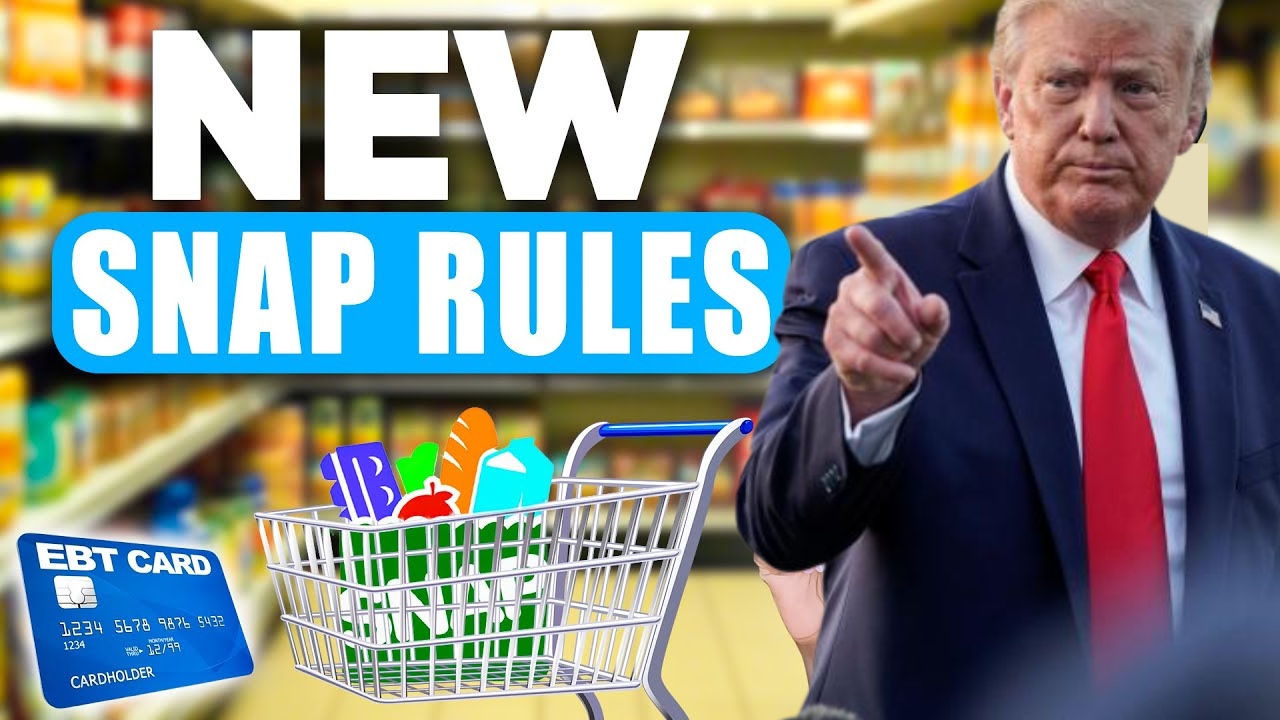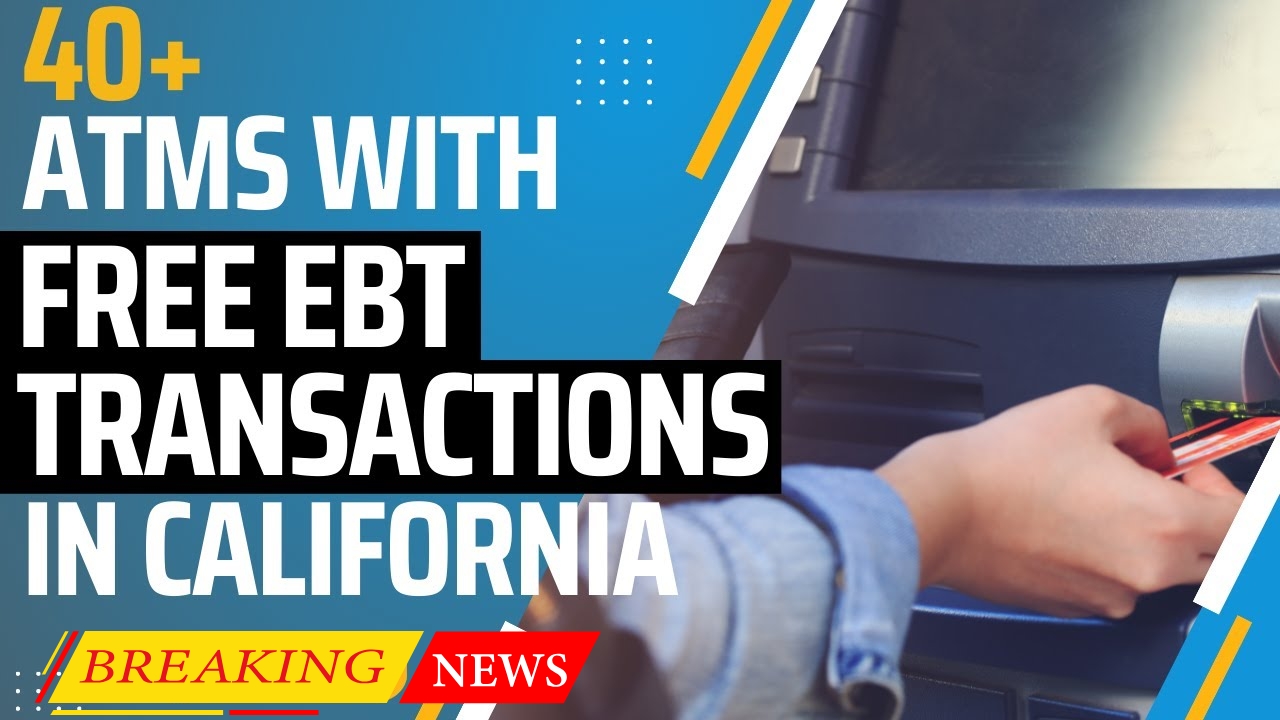The Supplemental Nutrition Assistance Program (SNAP), commonly known as food stamps, is set to undergo significant changes in 2025. These updates aim to address rising food costs, expand eligibility, and modernize the program to better serve millions of Americans who rely on this crucial assistance. From increased monthly benefits to new requirements for child support enforcement, the upcoming changes will impact recipients across the country.
As we look ahead to 2025, it’s essential for current and potential SNAP beneficiaries to understand how these modifications might affect their households. This comprehensive guide will explore the ten major changes coming to the food stamp program, including adjustments to Electronic Benefit Transfer (EBT) reimbursements, Cost of Living Adjustments (COLA), and new initiatives for college students. By staying informed about these updates, families can better prepare for the future and maximize their benefits.
Overview of SNAP Changes in 2025
Before diving into the details, let’s take a quick look at the key changes coming to the SNAP program in 2025:
| Change | Description |
| Increased Monthly Benefits | 10% boost in monthly allotments |
| Expanded Income Eligibility | Higher income thresholds for qualification |
| Streamlined Application Process | Simplified procedures for new applicants |
| Modernized EBT Systems | Enhanced features for electronic benefits |
| Online Purchase Expansion | More options for using SNAP benefits online |
| Child Support Enforcement | New requirements for benefit eligibility |
| COLA Adjustments | Benefits adjusted for inflation |
| College Student Eligibility | Expanded access for students |
| Work Requirements | Updated rules for able-bodied adults |
| Nutrition Education Programs | Mandatory classes for certain recipients |
1. Increased Monthly Benefits
One of the most significant changes coming in 2025 is a 10% increase in monthly SNAP allotments. This adjustment is based on the Thrifty Food Plan, which reflects the cost of a nutritionally adequate diet. For example, a family of four currently receiving $680 per month in benefits could see their allocation rise to approximately $748. This boost aims to help families cope with rising food prices and ensure access to healthier food options.
2. Expanded Income Eligibility Thresholds
To qualify for SNAP benefits in 2025, households will need to meet new income eligibility criteria. The gross income cap is set to increase from 130% to 140% of the federal poverty level (FPL). This change means more families, especially those with modest incomes, may now qualify for assistance. For instance, a family of three earning up to $3,400 per month could be eligible, compared to the previous limit of $3,000.
3. Streamlined Application Process
Applying for SNAP benefits will become easier in 2025, thanks to a simplified application process. Key improvements include:
- A more user-friendly online application portal
- Shorter processing times, with decisions made within 7 days for expedited cases
- Expanded support for non-English speakers
These changes aim to reduce barriers for first-time applicants and ensure that those in need can access benefits more quickly.
4. Modernized EBT Systems
Electronic Benefit Transfer (EBT) systems are getting an upgrade in 2025. New features will include:
- Contactless payment options
- Enhanced fraud protection measures
- Real-time balance updates via mobile app
These improvements will make it more convenient for recipients to use their benefits and manage their accounts.
5. Online Purchase Expansion
SNAP is expanding its online purchasing options in 2025. Recipients will be able to use their benefits at more retailers, including:
- Local grocery stores
- Farmers’ markets
- Some areas may allow SNAP benefits to cover delivery fees
This expansion aims to increase access to fresh, healthy foods and provide more shopping flexibility for beneficiaries.
6. Child Support Enforcement Changes
In 2025, more states are expected to require cooperation with child support enforcement as a condition for SNAP eligibility. This change will affect both custodial and non-custodial parents. Key points include:
- Custodial parents may need to work with state agencies to obtain child support from the other parent
- Non-custodial parents might be required to provide child support or risk losing SNAP benefits
- Some states may offer job training and employment services to help non-custodial parents meet their obligations
The goal is to ensure children receive financial support while also helping parents become self-sufficient.
7. COLA Adjustments
The Cost-of-Living Adjustment (COLA) for 2025 is expected to result in a 2.5% to 3% increase in SNAP benefits. This adjustment helps over 40 million Americans manage inflation and maintain their purchasing power. The COLA is calculated based on the Consumer Price Index for Urban Wage Earners and Clerical Workers (CPI-W) and is automatically applied to benefits once announced.
8. College Student Eligibility
New pilot programs are being introduced in 2025 to provide monthly SNAP benefits to college students. This initiative aims to address food insecurity among students and includes:
- Expanded eligibility criteria for students
- Partnerships between colleges and SNAP offices
- Potential for free in-state tuition for low-income SNAP recipients in some states
For example, Washington state is passing legislation to guarantee free in-state tuition for low-income students who are SNAP recipients, starting in 2026.
9. Updated Work Requirements
Some states are proposing stricter work requirements for able-bodied adults without dependents (ABAWDs) in 2025. Changes may include:
- Increasing mandatory work or training hours from 20 to 80 hours per month
- Expanding the age range for work requirements (e.g., 18 to 54 years old)
- Potential challenges in areas with limited job opportunities or training programs
These updates aim to promote self-sufficiency but may present difficulties for some recipients.
10. Nutrition Education Programs
Starting in 2025, nutrition education programs will become mandatory for certain SNAP recipients. These programs will focus on:
- Meal planning and budgeting
- Healthy eating habits
- Shopping strategies for nutritious foods
Some states will launch initiatives where food banks partner with SNAP offices to distribute fresh produce directly to families.
Impact on Different Groups
Families with Children
The increased monthly benefits and expanded income eligibility will provide more support to families struggling with food costs. The child support enforcement changes may also ensure more consistent financial support for children.
College Students
New pilot programs and potential tuition assistance in some states will help address food insecurity among college students, allowing them to focus on their education.
Able-Bodied Adults Without Dependents
Stricter work requirements in some states may present challenges for this group, especially in areas with limited job opportunities.
Elderly and Disabled Recipients
The COLA adjustments will help these fixed-income recipients maintain their purchasing power in the face of inflation.
State-Specific Updates
While many changes to SNAP are federal, some states are implementing their own updates:
- California is introducing a pilot program to provide monthly SNAP benefits to college students
- Washington state is passing legislation for free in-state tuition for low-income SNAP recipients
- West Virginia has proposed increasing mandatory work hours for certain recipients
How to Prepare for 2025 SNAP Changes
To make the most of these upcoming changes, SNAP recipients should:
- Stay informed about updates in their state
- Review their eligibility status under the new income thresholds
- Familiarize themselves with the modernized EBT systems
- Explore online purchasing options as they become available
- Participate in nutrition education programs when offered
Conclusion
The 2025 updates to the SNAP program represent a significant effort to address food insecurity and adapt to changing economic conditions. While some changes, like increased benefits and expanded eligibility, will provide more support to families in need, others, such as stricter work requirements, may present challenges for certain groups.
As these changes roll out, it’s crucial for current and potential SNAP recipients to stay informed and understand how these updates may affect their benefits. By doing so, they can ensure they receive the maximum support available to meet their nutritional needs.
Disclaimer: The information provided in this article is based on current projections and announcements regarding SNAP changes for 2025. As with any government program, these changes are subject to modification before implementation. Recipients should always verify details with their local SNAP office or official government sources for the most up-to-date and accurate information regarding their benefits.



